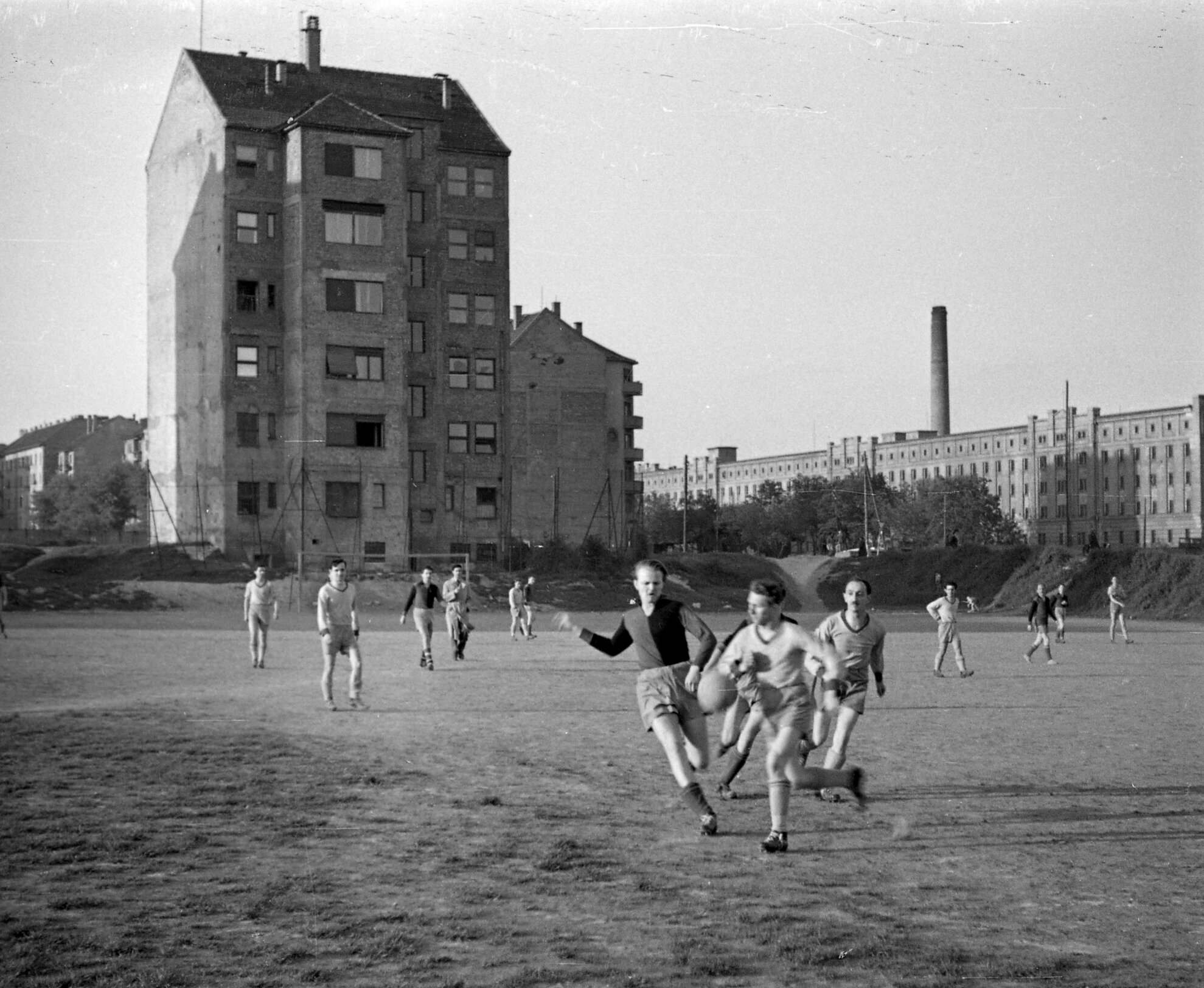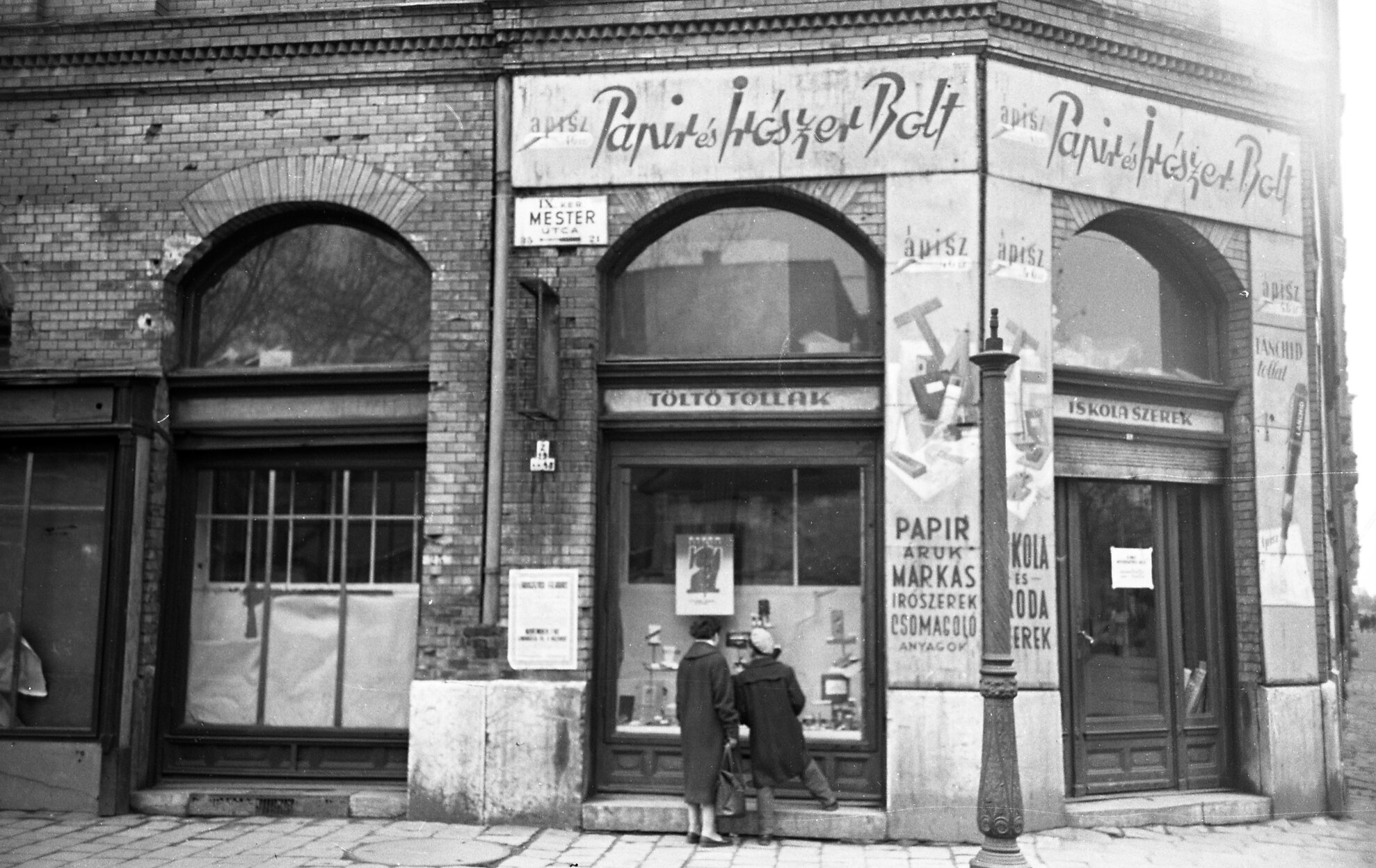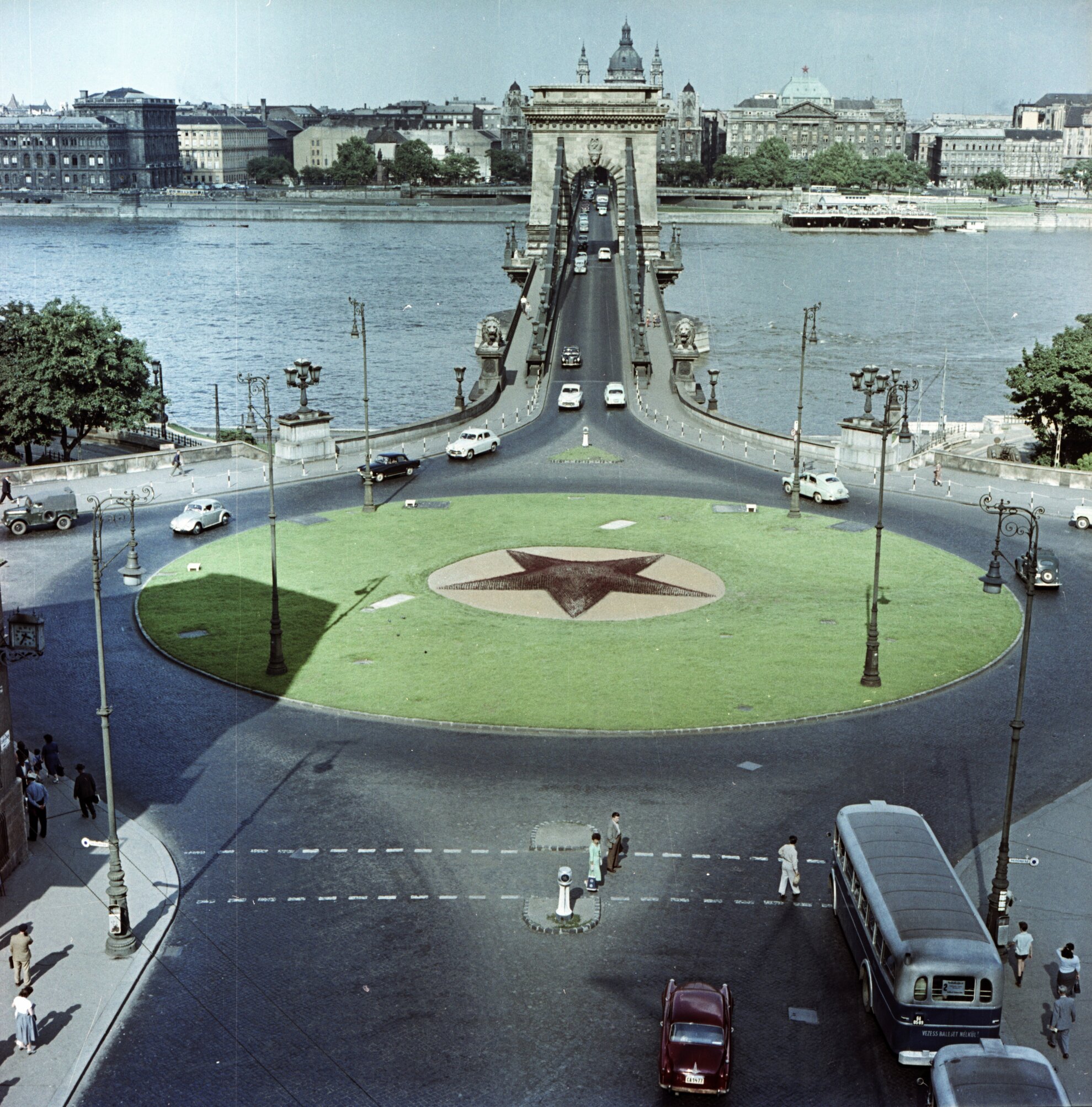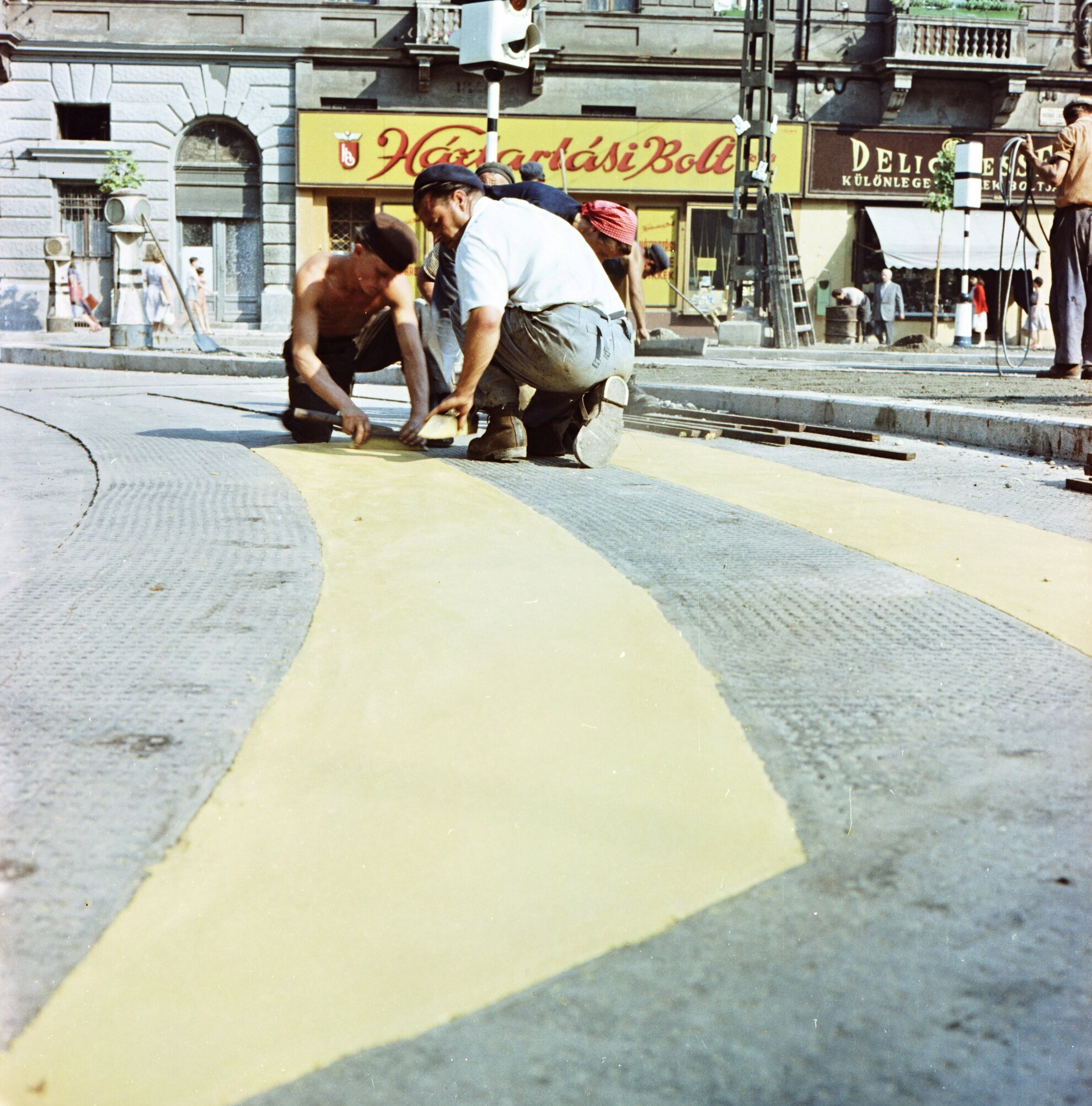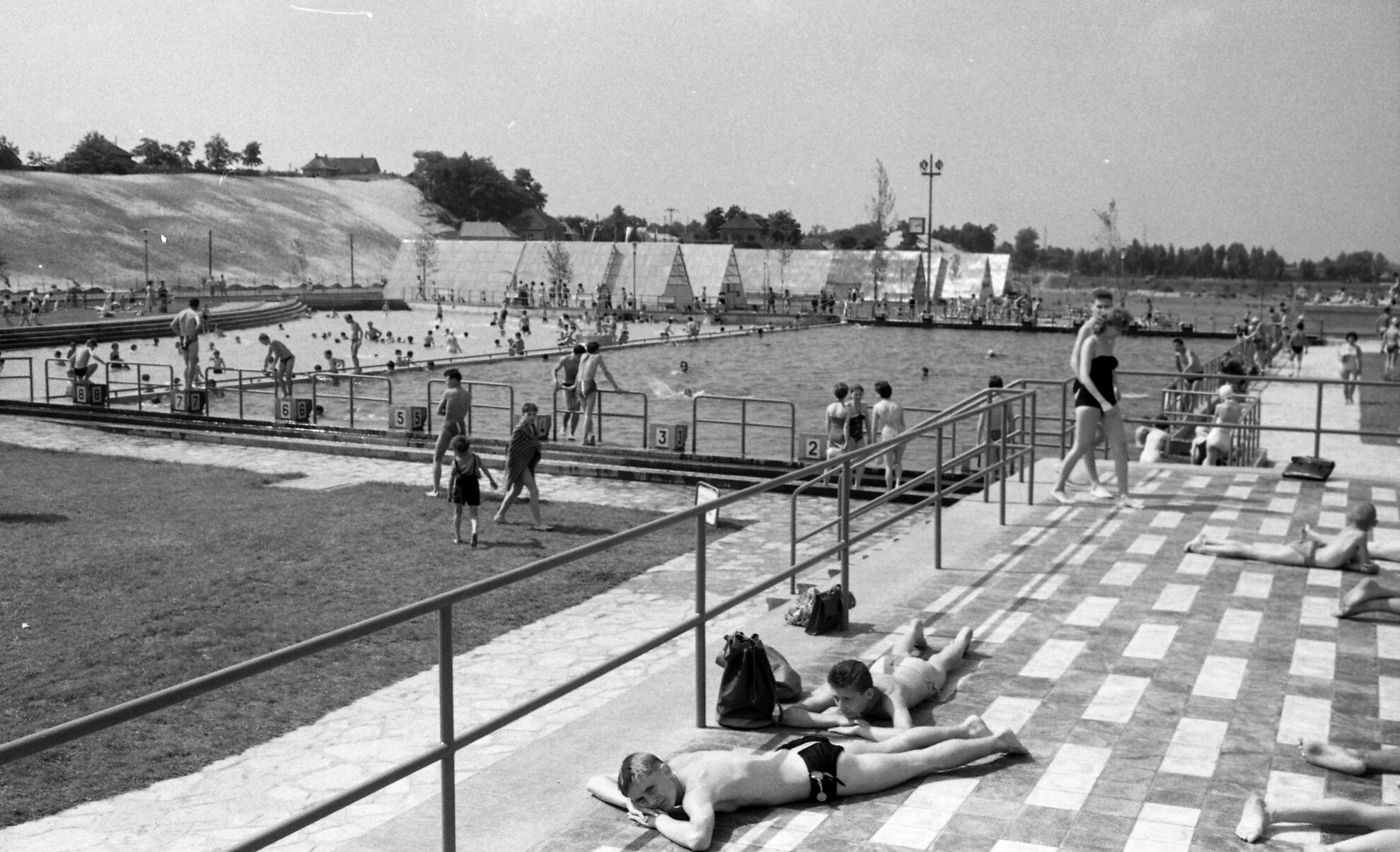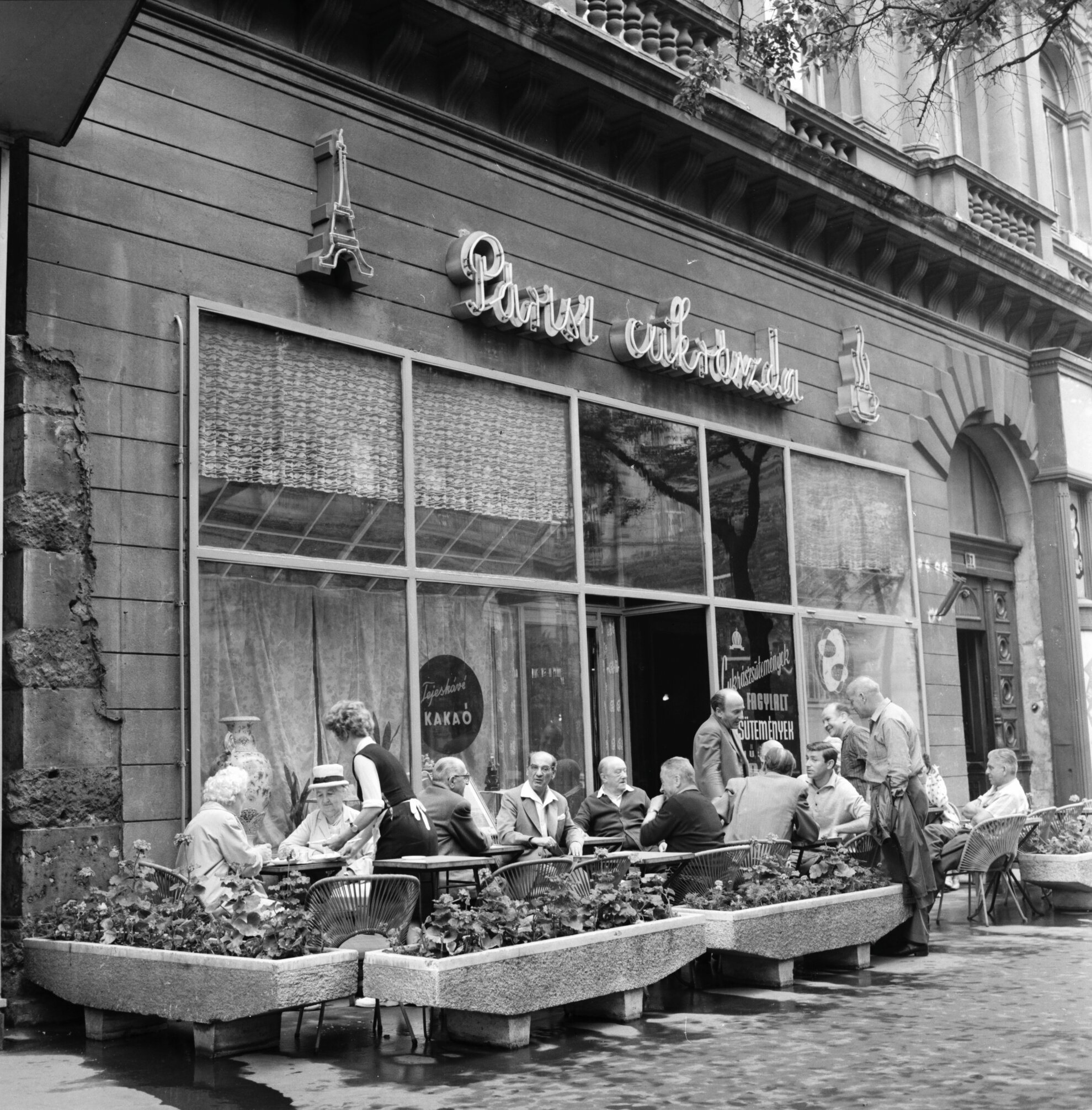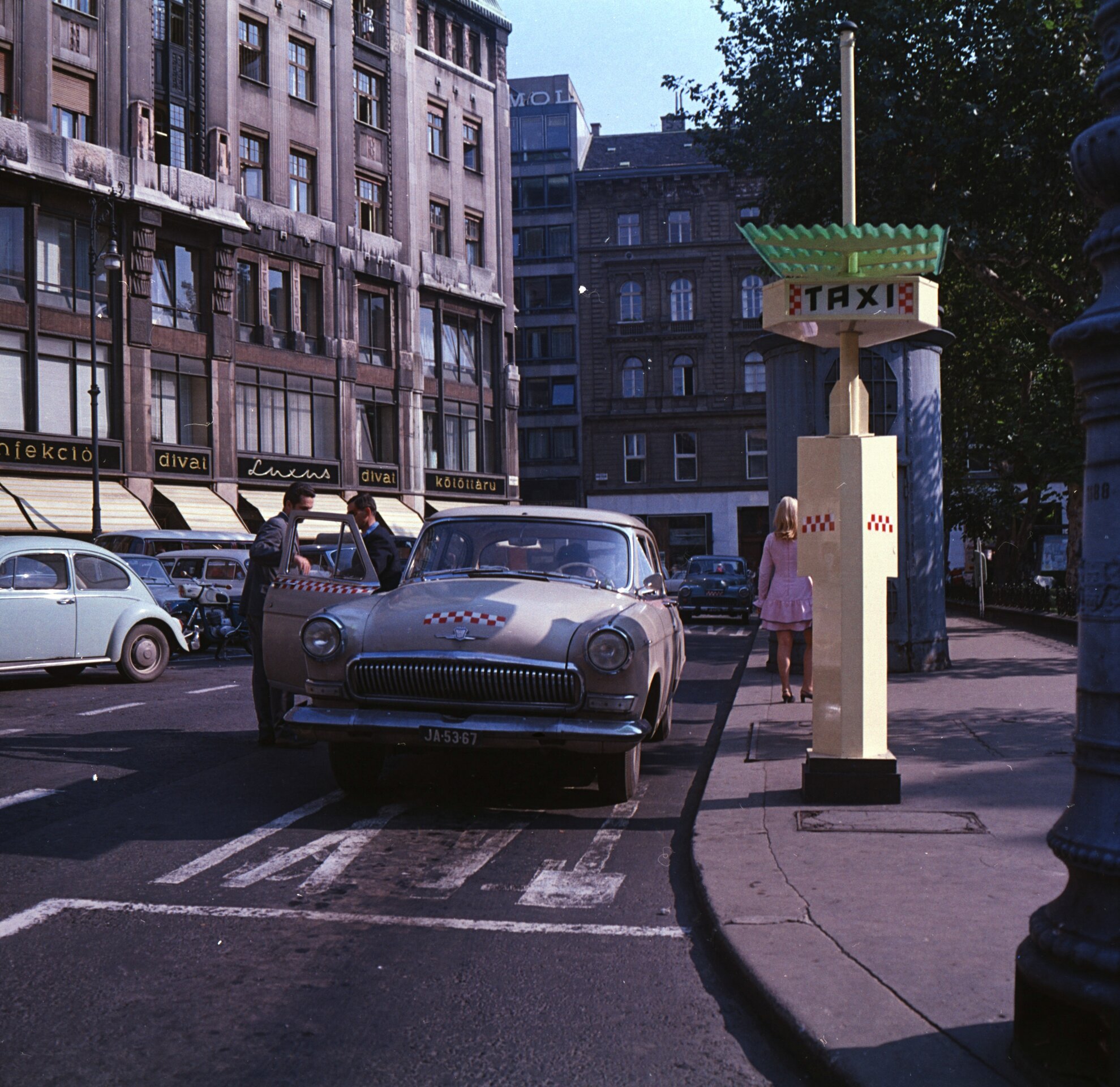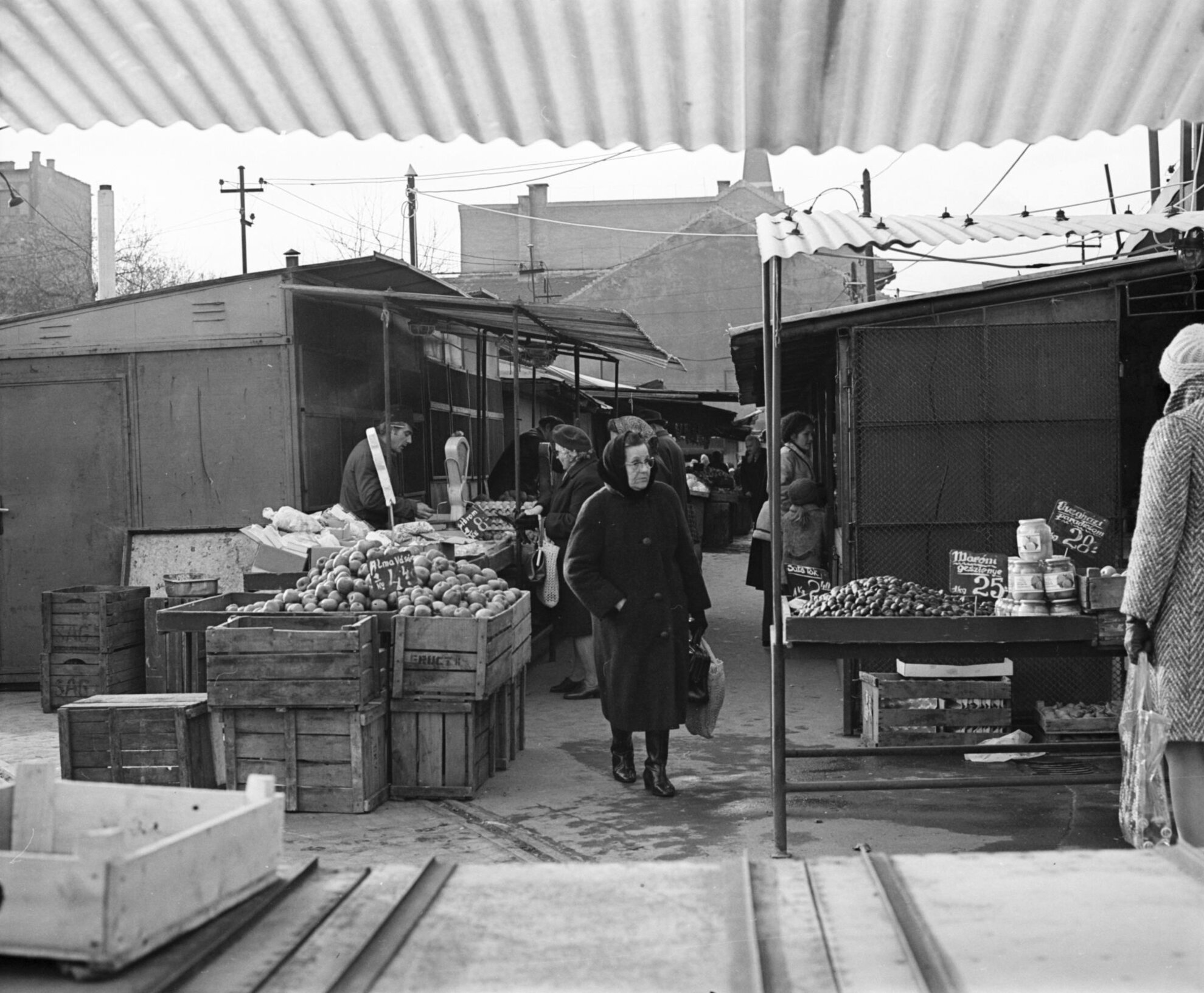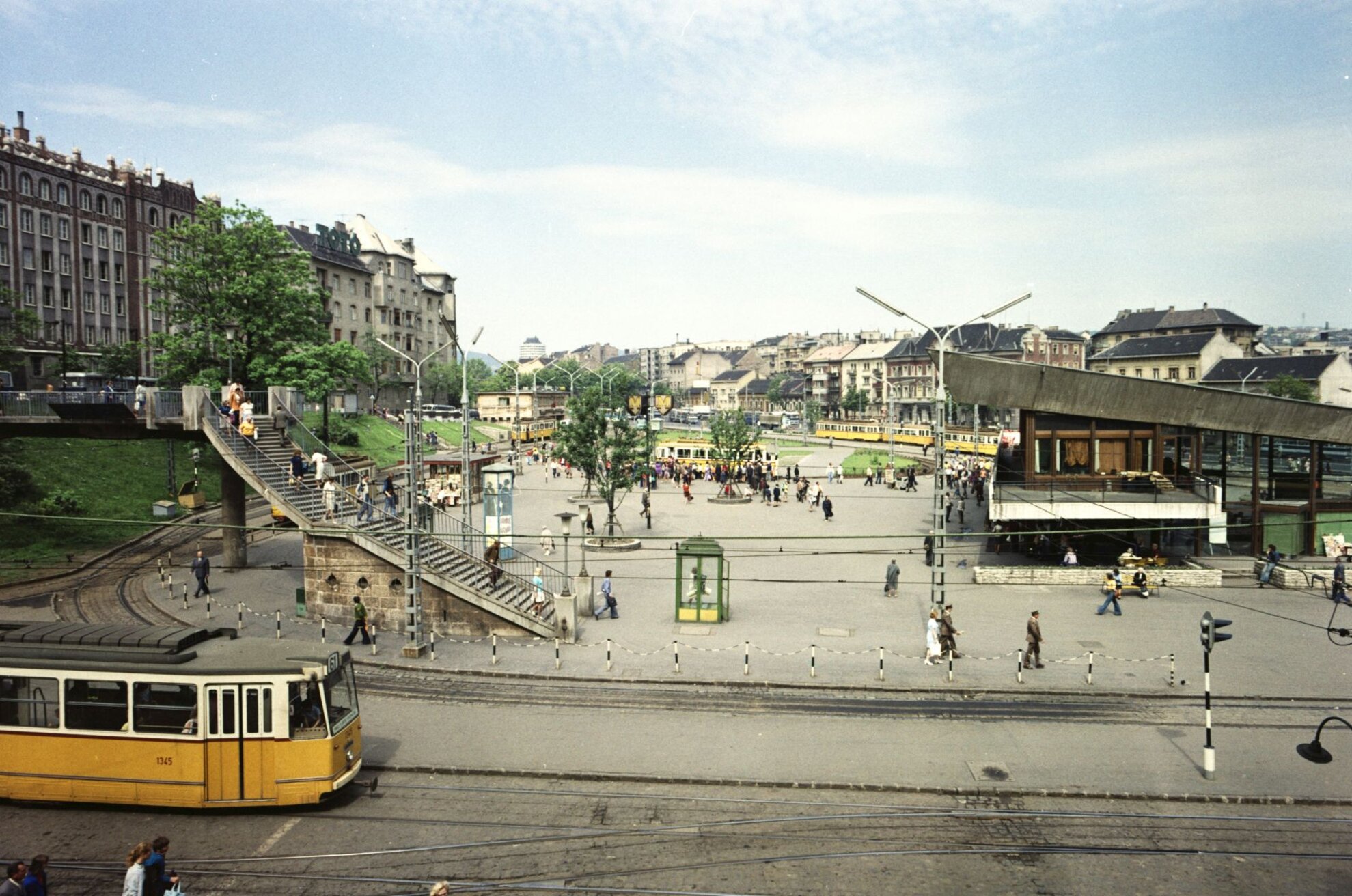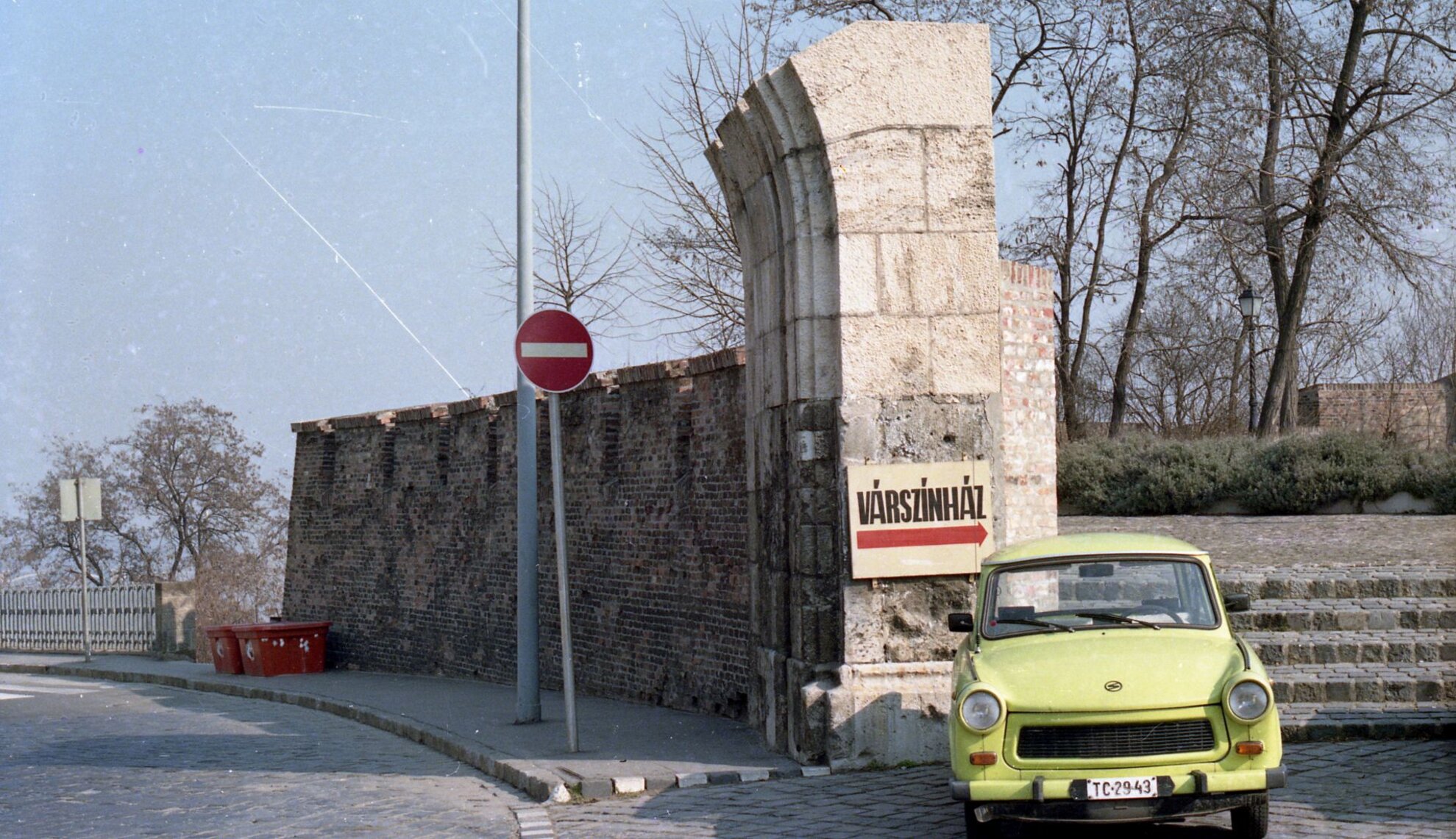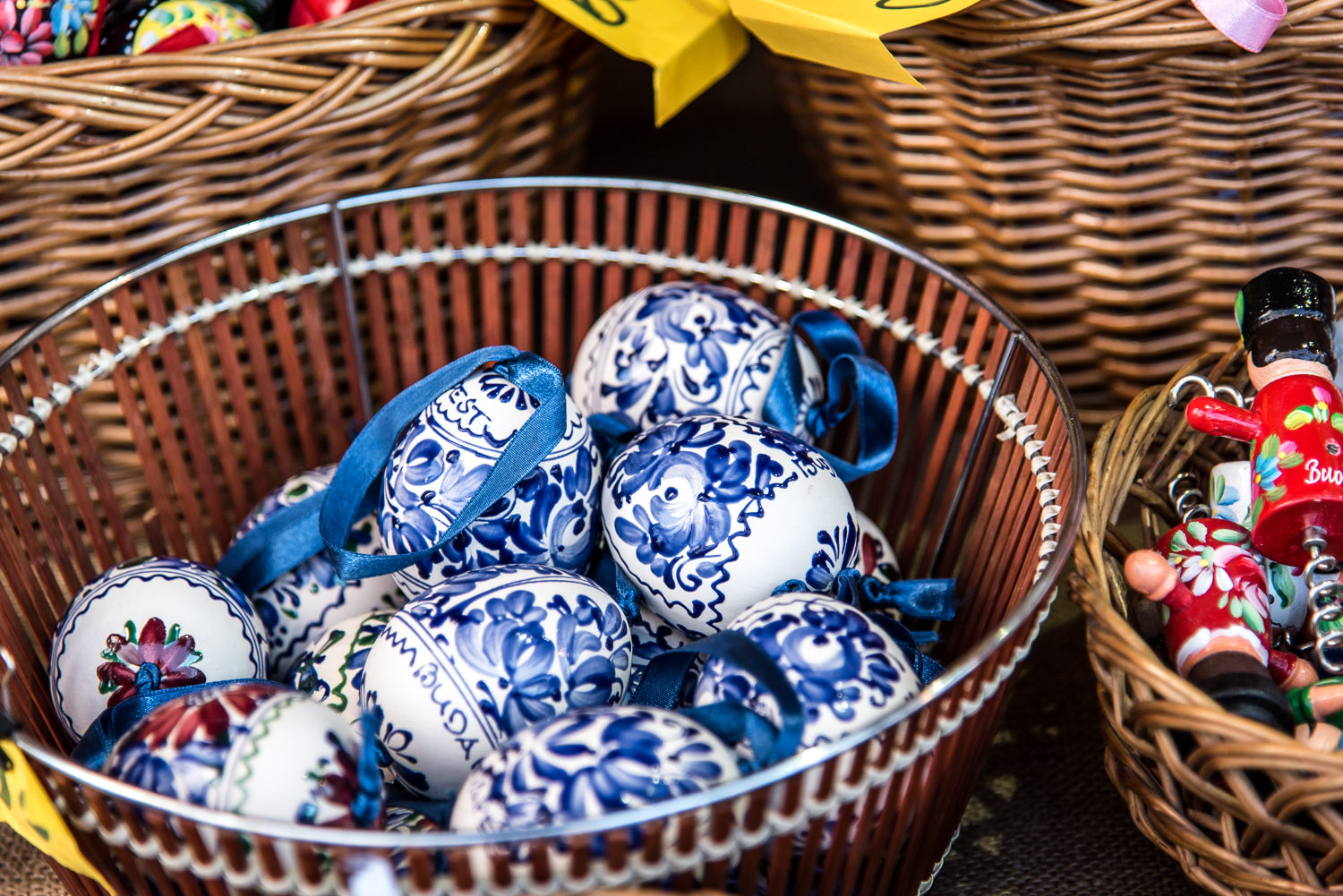The FŐMTERV office for public construction designed metro stations, bridges, underpasses, transport facilities and many
other facilities essential to the city from 1950 onwards.
From then on, for the next 40 years, an archive of nearly 50,000 photos was built up as company photographer, Endre Domonkos, captured all the major locations
where the public construction company was working.
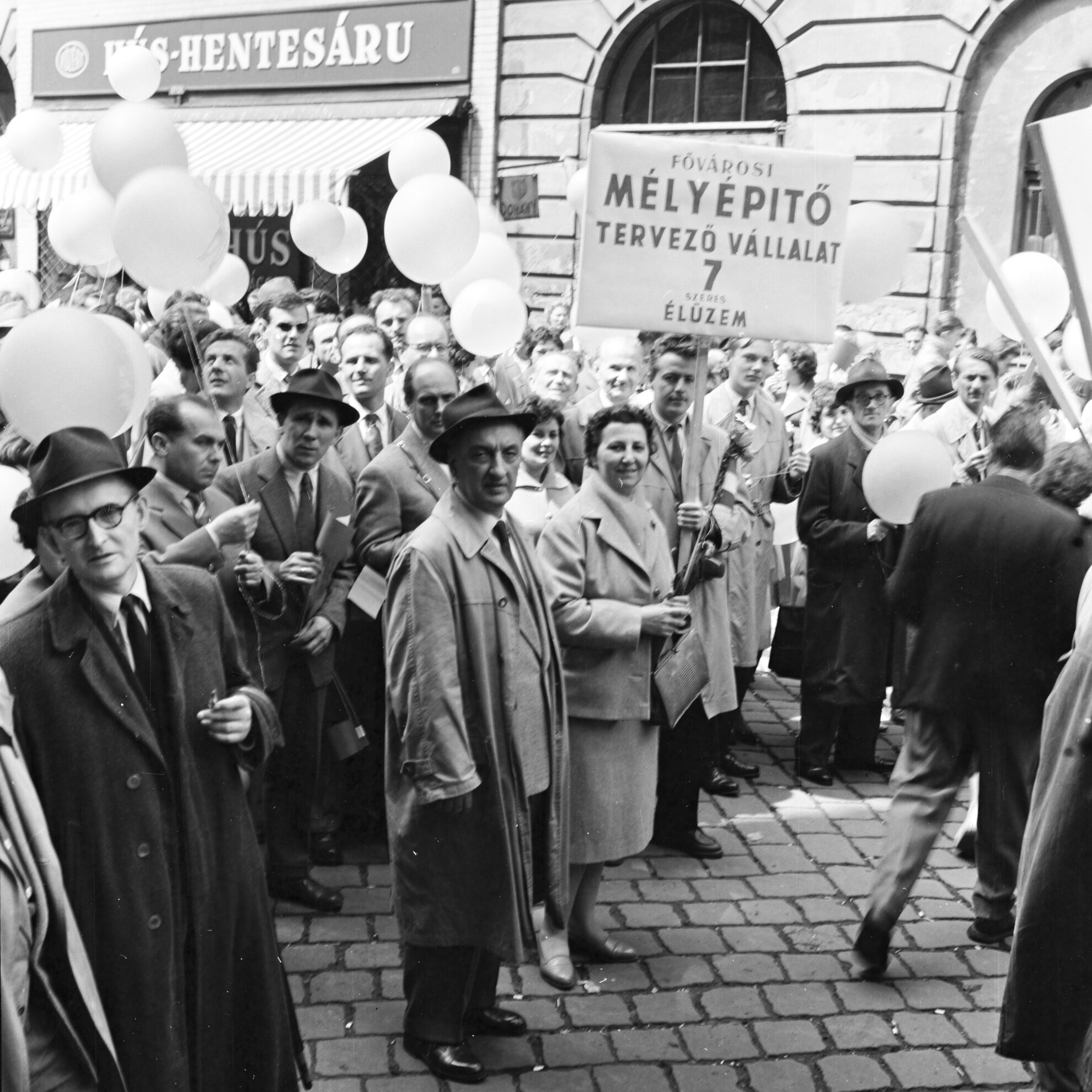
This selection of 3,000 photos is now available on the Fortepan website, where you can browse the pictures of diggers, railway tracks and scaffolded buildings, and get a glimpse of everyday life in the Kádár era. Captured for posterity are impromptu games of football, May Day parades, street fashion and bathers at Csepel Baths, along with the rebuilding of Keleti station and construction of housing estates alongside renovated zebra crossings and bridges.
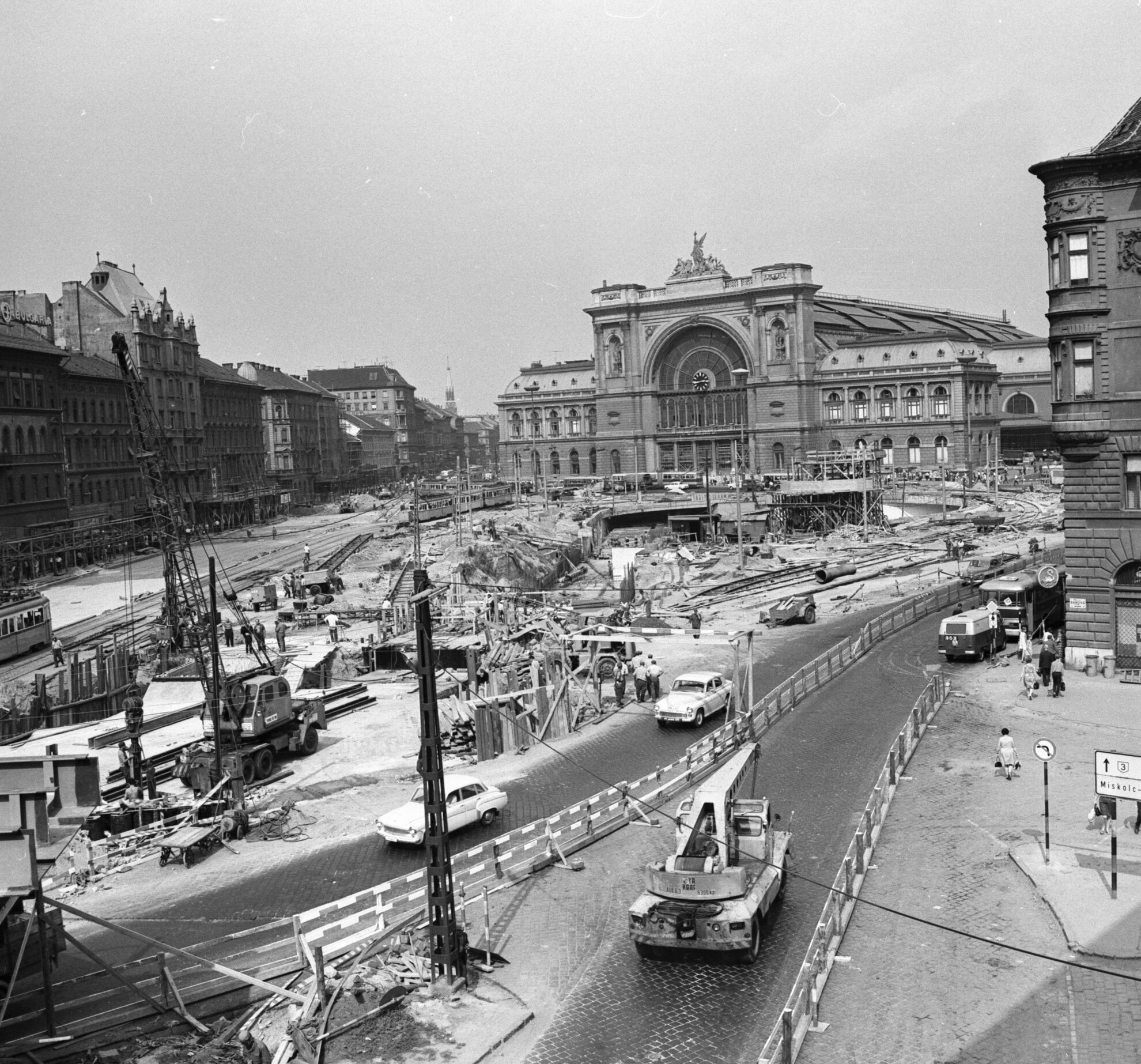
Budapest in the Kádár era
“They
captured locations which hadn’t been photographed before. The streets of
Budafok, Pesterzsébet and Zugló, the markets, bus garages and blocks of flats waiting
to be destroyed all appear in the pictures. Developments of three
decades, some of which are being transformed right now because they are
outdated, ugly or just seem worthless for modernity. This series tells the
story of the disappearing small-town Budapest that once was, the blind belief in
motorisation, which has been the ideal for many generations of
engineers, architects and urban planners,” writes Fortepan's Mikós Tamási.
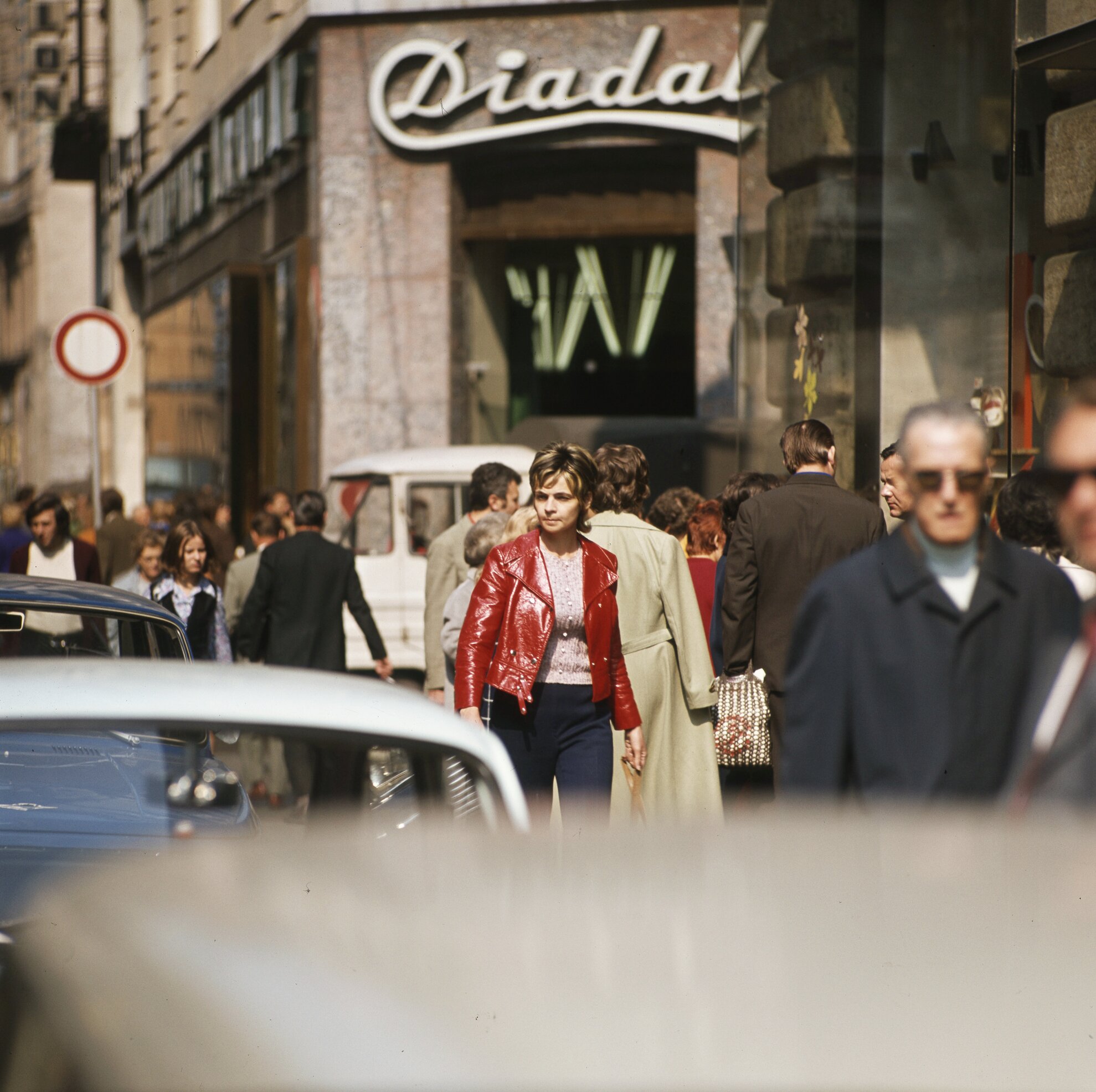
The negatives from the collection have recently been digitised in-house at FŐMTERV and processed in museum quality.
